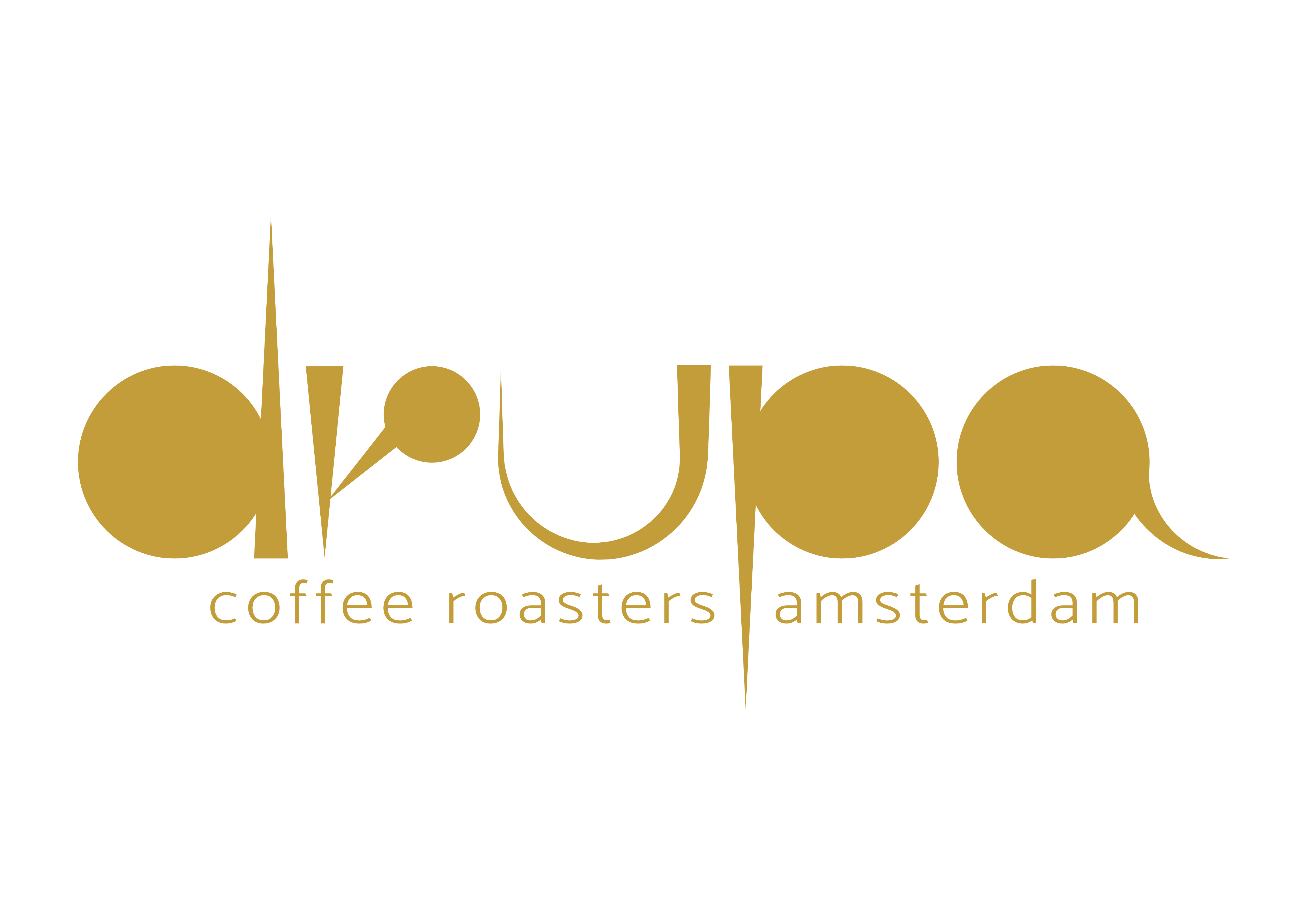Drupa Coffee Roasters
Guatemala, Huhuetenango
Guatemala, Huhuetenango
Couldn't load pickup availability
Description
Cielo Rojo is produced by Maria Elena Vides at Finca La Bolsa, located in La Libertad, Huehuetenango, Guatemala, at an altitude marked by GPS coordinates 15°35'31.60"N, 91°56'17.06“W. The farm's history dates back to 1958 when Jorge Vides, Maria Elena's grandfather, founded it. He purchased the land, which was originally forested, and began cultivating bourbon and caturra coffee varieties. While he was a full-time doctor working Monday through Friday, the farm became his true passion. His commitment to healthcare led him to become the Director of the National Hospital of Huehuetenango, a facility that still bears his name today. Beyond coffee production, his humanitarian spirit was evident when he founded a school on the farm in 1980. This school, which is named after him, continues to operate and is authorised by the Ministry of Education. In 1984, Anacafé recognised his success in production by naming him a "Distinguished Coffee Grower." By 2001, the second and third generations of the family took over, focusing on the production of specialty coffee.
The farm employs 10 permanent workers and between 80-100 temporary workers per trimester. Coffee production spans 108 hectares, yielding an average of 1,405 kg of green coffee. The main challenges faced in production include climate change, unpredictable rainfall patterns, fluctuating fertiliser prices, and a significant decrease in available labour. Despite these challenges, careful planning and execution are key to success. Future investment plans involve separating the productive matrix by variety to increase yield while maintaining high-quality coffee. Efforts are also being made to plant more trees to enhance the farm's biodiversity and environmental efficiency. The farm supports four community schools, offers scholarships for coffee specialisation, and manages several tree-planting projects.
Finca La Bolsa produces nearly 152,000 kg of green coffee, with the harvest taking place from December to April. This particular lot is a blend of Caturra and Bourbon varieties. The coffee is grown with careful attention to shade, organic practices, and the use of fertilisers. The picking season varies depending on the altitude, with borer control managed year-round using traps. Rust control begins after the third picking of cherries to prevent spore proliferation. The farm follows the ANACAFE programme for pruning, which starts in February and ends in October. Fertilisation takes place from March to October, with three different applications based on soil tests, using a formula of 60% chemical and 40% natural ingredients. The farm maintains an average organic material content of 5%. Weed control is conducted from March to November to ensure access to the plots for activities like picking and fertilising. If new coffee is planted, it is done between April and June, coinciding with the first rains of the season.
The coffee is processed with meticulous attention to detail. After being picked by hand and sorted by maturity level, the coffee undergoes a 30-hour pre-fermentation in the picking bags. It is then weighed, and floaters are separated before the coffee is dried for 18-20 days on African beds. During the first eight days, the coffee is moved four times daily, and thereafter, it is moved twice daily. After processing, the coffee is stored in nylon bags at the farm warehouse. Samples are taken and tested in the quality lab before the coffee is moved to the dry mill approximately two weeks later. At the dry mill, the coffee is stored in batches, each with traceability records.
Water management on the farm is carefully monitored. Irrigation is only used in the nursery, with a total water usage of 360 litres per day over 40 days, amounting to approximately 2 litres per plant annually. For chemical applications, 250 litres of water per hectare is used, totalling 26,750 litres. Coffee processing requires 0.45 litres of water per kilogram of parchment coffee, totalling 88,920 litres. The water is reused after treatment through filters and machinery, and its pH and solid levels are tested to ensure it is suitable for reuse. The water is then treated with filters, gravel, and natural barriers before being reintroduced to the coffee crops, following national standards for water treatment.
Pest and disease management on the farm involves a proactive approach. Regular sampling and monitoring of the coffee plantations are conducted to prevent issues before they arise. The farm uses a flower index to determine when the plants are most susceptible to pests and diseases, based on weather conditions.
Traceability is a key component of the farm's operations. Every step of the coffee's journey, from cultivation to export, is meticulously recorded. This includes where the coffee was produced, who picked it, the treatments and practices used on the plants, and the dates and times of each process. This information is stored in a software system, ensuring complete traceability.
The farm does not produce other crops, focusing solely on coffee production. Climate change has impacted the farm, particularly in terms of temperature and rainfall distribution, which directly affects flowering and subsequent farm activities. To adapt, the farm has developed a flowering index based on real-time conditions.
Financially, the farm faces challenges due to increasing production costs driven by local and global inflation. Labour costs have also risen, compounded by a lack of available labour. To remain competitive, the farm focuses on quality in the middle and high-altitude areas, incorporating natural and honey processes. In lower-altitude areas, productivity is being increased with the use of resistant coffee varieties.
Tasting Notes
Balsamic, Raisins, Apricot, Dark Chocolate, Grapefruit
Varietal
Caturra & Bourbon
Process
Anaerobic Natural
Roast Type
Filter


